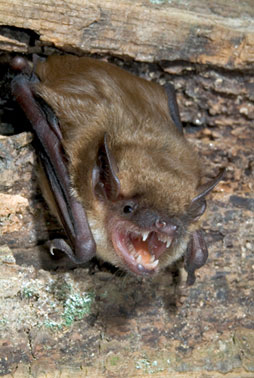Buckeye Bat Removal & Control,
Bats In Attic or in Chimney, in AZ.
Call (602) 618-0284
Buckeye Bat Control and Removal in Buckeye,
Glendale, Scottsdale, Phoenix, Gilbert, Peoria, Tempe, Mesa, and the surrounding Metro area.
 Buckeye Bat Control experts like Arizona Wildlife Control can eliminate all of the bats in your attic, chimney, and walls in your home. If you are hearing endless scratching or squeaking noises in your home at night, chances are these noises are from bats in your home, chimney, walls, or from bats in your attic. We can provide Professional bat control services throughout Buckeye, Chandler, Phoenix, Surprise, Mesa, Glendale, Scottsdale, and Peoria, AZ.
Buckeye Bat Control experts like Arizona Wildlife Control can eliminate all of the bats in your attic, chimney, and walls in your home. If you are hearing endless scratching or squeaking noises in your home at night, chances are these noises are from bats in your home, chimney, walls, or from bats in your attic. We can provide Professional bat control services throughout Buckeye, Chandler, Phoenix, Surprise, Mesa, Glendale, Scottsdale, and Peoria, AZ.
Bats will form into several colonies inside your home or attic. This can be a dangerous health risk if the problem is not treated. As the experts in bat removal, we can get rid of them in your home, attic, or business. We can resolve any bat infestation, regardless of the size of the colony. These pests are removed from your home in a humane manner. As professionally trained wildlife operators, we will remove the bat guano, repair any type of damage, and prevent the infestation from ever happening to your home or business again.
WE SPECIALIZE IN THE FOLLOWING SERVICES:
- Removal
- Control
- Exclusion
- Guano Cleanup
- Removing of Contaminated Insulation
Note: Before you hire a professional bat removal specialist, always check to make sure that the company is fully insured and has a valid Wildlife Removal permit issued from the Arizona Game and Fish Department. This is important!
More Information on Bats
Bats are naturally nocturnal animals. They sleep perched in roosts during the daytime, and emerge at dusk. If it’s a colony of bats living in your home, they will crawl to the edge, and fly out. First they head for water and get a drink, skimming the surface on the wing. They will then feast on flying insects, primarily moths and beetles. After a while they get full and head back to the roost in order to rest. They then fly back out to feed some more. They may make several trips per night. Roosting preference depends on the species and even gender of the bats, but you should only be concerned with colonizing bats. These colonies of bats are composed primarily of females. Most males roost alone in solitary areas, such as trees. The females form huge clusters, very frequently in man-made architecture such as church towers, attics, bridges, etc. Bats tolerate and even prefer very high temperatures. Many of the southern bats migrate to different areas as climates change.



